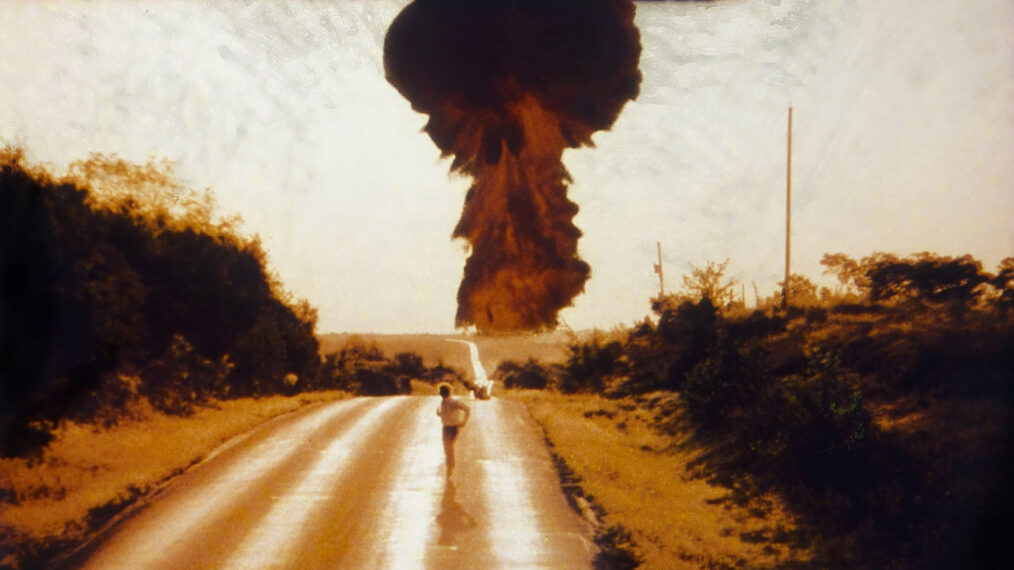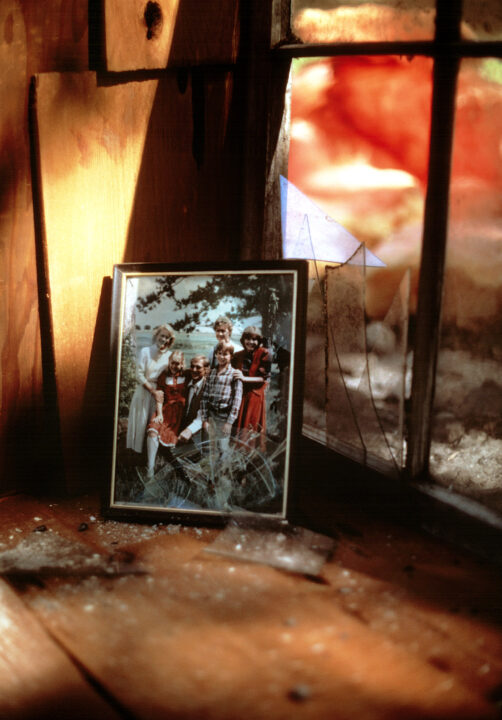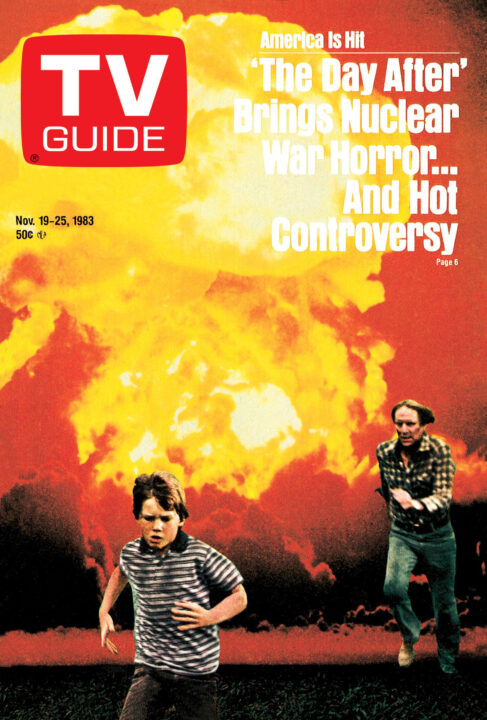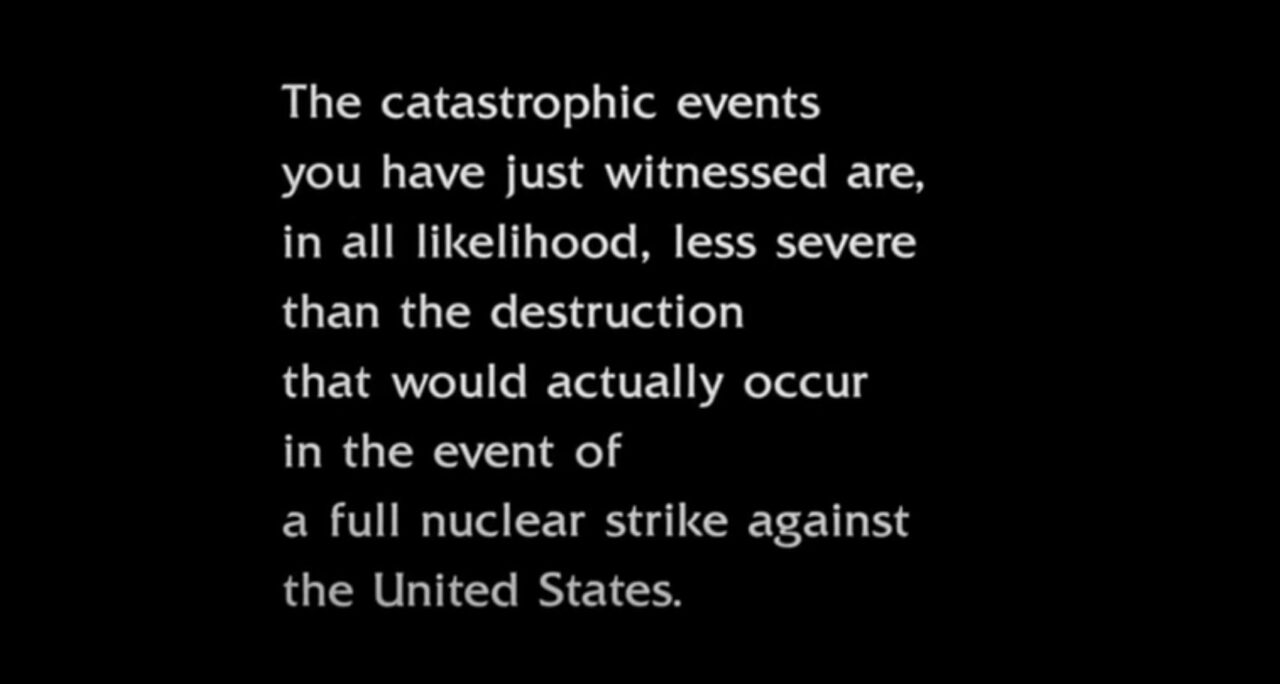Who Else Is Still Traumatized 40 Years After ‘The Day After’?

The 1970s and early ’80s had some pretty scary made-for-broadcast-TV movies — or, at least, movies that terrified me when I saw them as a kid — with memorably horrific titles like Trilogy of Terror, Salem’s Lot, Dark Night of the Scarecrow and This House Possessed.
While most of the scariest made-for-television titles of that era focused on fictional supernatural elements, one of the most frightening TV movies back then, which may still linger in the minds of those who saw it when it premiered, was one that focused on a potentially real nightmare scenario: The Day After, which debuted on ABC on Nov. 20, 1983.
While those of us who grew up in the 1980s did not have the “duck and cover” drills that schoolkids in the 1950s and early ‘60s may have had (my school didn’t, anyhow), there were other ways that the horrors of impending nuclear war were instilled in us, and The Day After was certainly chief among them.
The movie chronicled the buildup to, and the graphically disturbing aftermath of, a fictional nuclear exchange between the United States and Soviet Union. Most of the story followed residents and families in Lawrence, Kansas, and Kansas City, Missouri.

© ABC/Courtesy Everett Collection
Directed by Emmy nominee Nicholas Meyer, who had most recently helmed the big screen feature Star Trek II: The Wrath of Khan the year before, and led by notable acting names like Jason Robards, JoBeth Williams, Emmy nominee John Lithgow, Amy Madigan and Steve Guttenberg, The Day After was not your average “movie of the week.” It had a message to deliver, albeit a very frightening one, which I guess was meant to hopefully help scare the world’s nuclear powers straight.
Whether or not it influenced governments, the movie certainly scared the 100 million-plus who tuned in and made it one of the highest-rated TV films ever. The buildup prior to the movie’s premiere, coupled with a warning about its graphic imagery at its start, led some parents to not let their kids watch it; I know when some of us were talking about the movie at school after it aired, some classmates had not been allowed to tune in.

TV Guide/Courtesy Everett Collection
As frightening as some of the scenes featured in The Day After were, the disclaimer that followed the film was, in a way, more disturbing, as it explained how what had been depicted in the movie was less intense than what would likely occur following an actual nuclear strike.

© ABC/screen shot youtube.com/@jeffmadams
It was more than just schoolkids who were all abuzz after The Day After. Plenty of adults, including the ones interviewed in news broadcasts like the one below, were left shaken and thinking about the movie well after it ended.
Incredibly, The Day After was just the second nuclear blast-related 1983 TV movie to scare the hell out of kids like me.
Exactly eight months earlier, on March 20, 1983, NBC had aired Special Bulletin, a drama about terrorists with a nuclear device that ends up destroying Charleston, South Carolina. Special Bulletin was told through a series of realistic-looking news reports, a la Orson Welles‘ 1938 War of the Worlds radio broadcast, and when I tuned in to that film after it had started (missing the disclaimer about the events being fictional), I’ll admit I was initially a bit freaked out at seeing what I took to be actual news bulletins.
If you want to experience, or re-experience, such a freak out, you can watch The Day After at a couple of places on YouTube, including at this link. Special Bulletin can be seen at this YouTube link.
